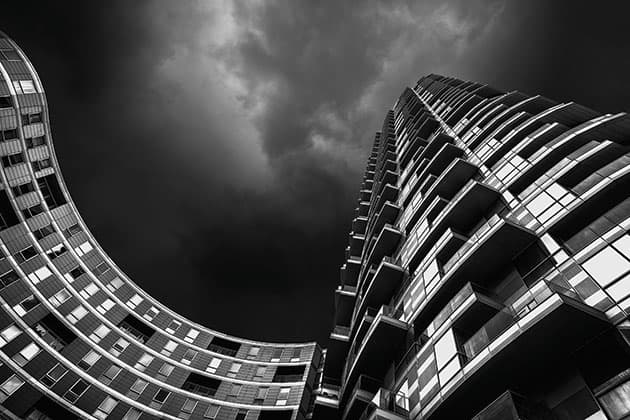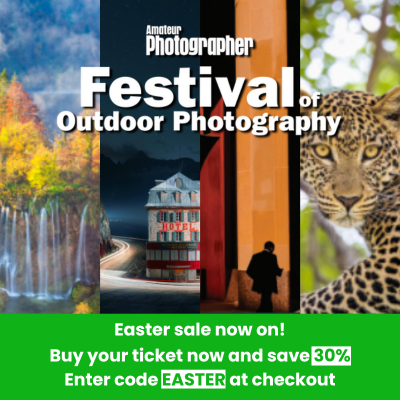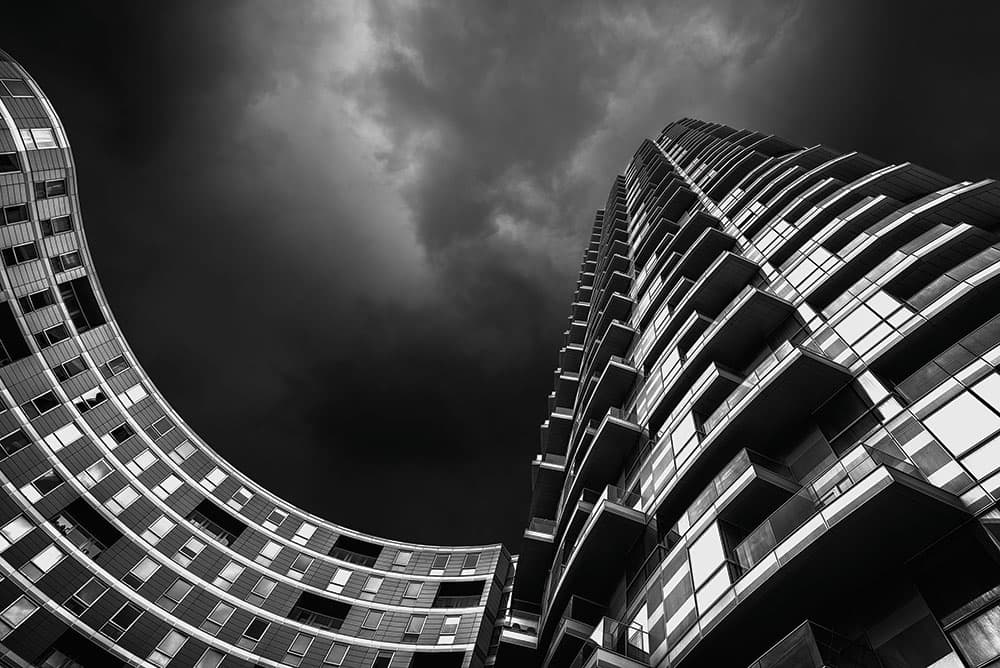
This is a new residential building in London. It has some interesting shapes, which caught my attention right away. Nikon D810, 20mm, 1/500sec at f/8, ISO 100. All images Tony Sellen
When did you first become interested in photography?
I bought my first DSLR back in 2009, but I don’t think I really got into photography seriously until 2014. In those first five years of owning a DSLR it was really an on/off hobby where I’d go months without touching the camera, yet I would learn something new every time I did pick it up. Then, in 2014, I decided to start taking it more seriously. I did a workshop with the talented Vulture Labs (www.vulturelabs.photography) at the end of 2014, and then I was really was hooked. Since then, I’ve been taking my camera everywhere I go and, as a result, I shoot most weeks.
Why do you like black & white?
Black & white for me is timeless; it’s a style that will never go out of fashion. I believe architecture and street photography really suit black & white processing, and they just happen to be the two genres that I frequently shoot.
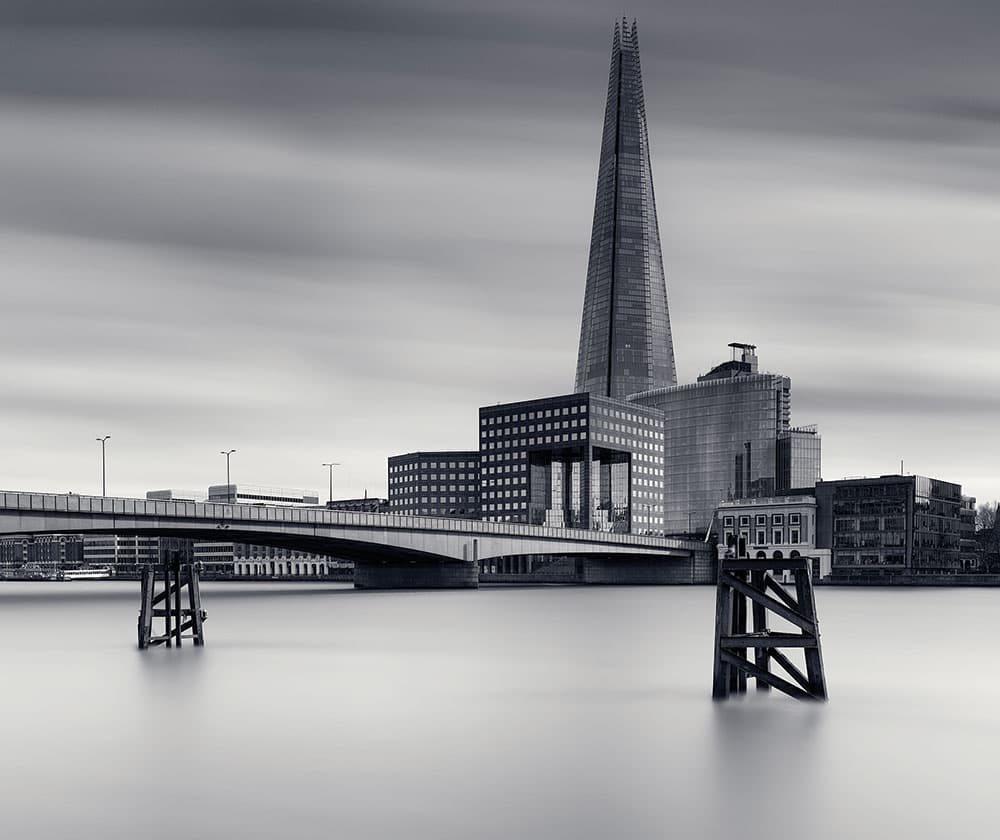
After reading an interesting article by Joel Tjintjelaar on split toning I thought I’d give it a go. Nikon D810, 25mm, 396sec at f/8, ISO 100
What is it about long exposures that you love?
Long-exposure photography allows you to be creative, taking a scene and making it your own. Whether it’s smoothing out water or turning fluffy clouds into sleek streaks across the sky, it’s a look that you can’t see without using the long-exposure process.
Have you dabbled in any other genres of photography?
I do enjoy wildlife photography and I’m always drawn to good photographs of animals. I’ve been on safari and I’ve taken photos of birds while I was learning. But when you’re living in the city, wildlife is a genre that is hard to maintain interest in.
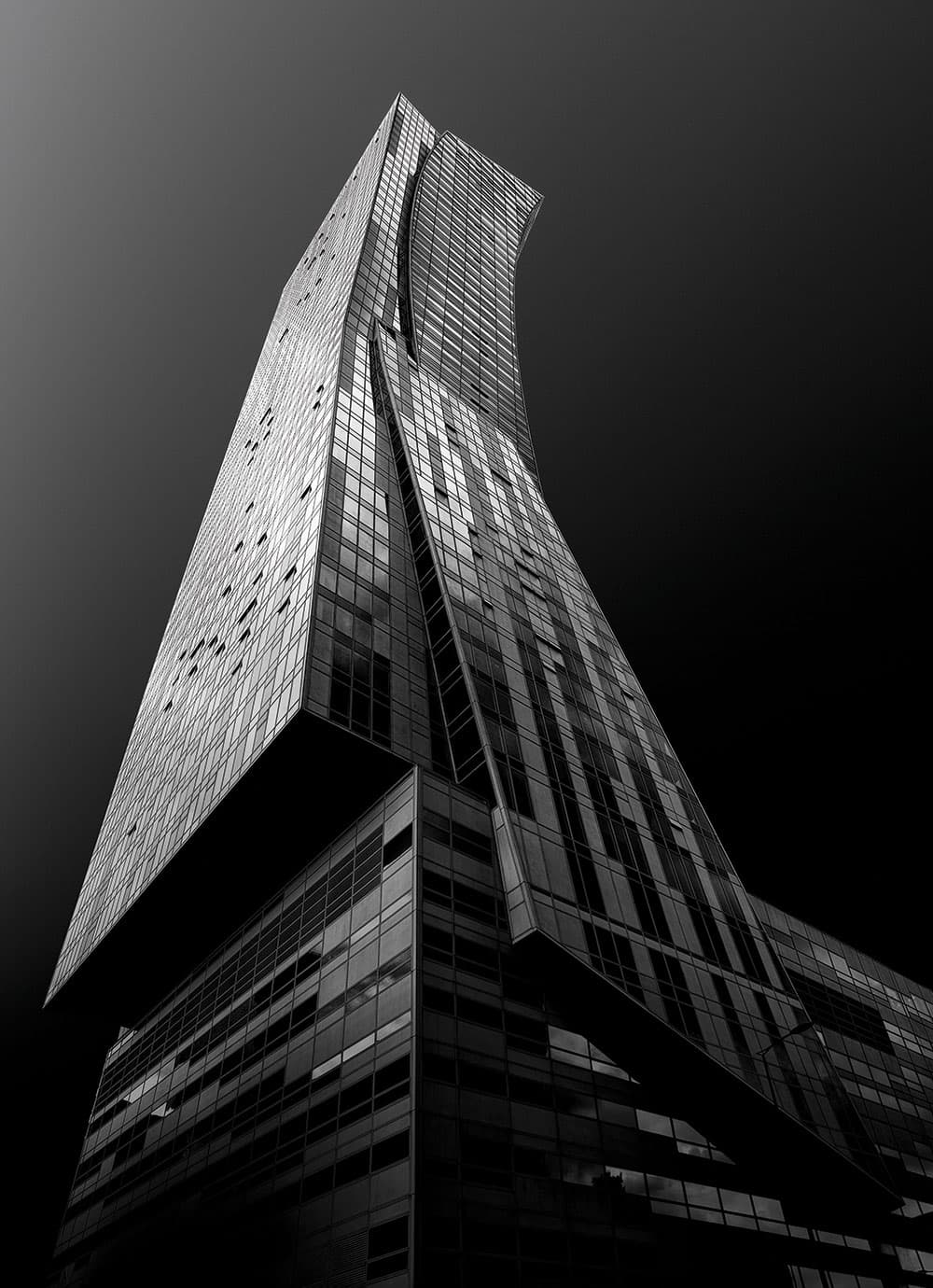
This is such an unusual building with its curved structure and sloping sides. It really stands out in the Warsaw skyline catching the light so well. Nikon D810, 20mm, 1/250sec at f/9, ISO 80
What is your go-to kit?
I’ve always used Nikon cameras and I currently have a Nikon D810 and an infrared converted D7000. I only use prime lenses now, which means the bag is a lot heavier, but I think the fixed focal length helps you improve as a photographer. My 25mm and 50mm lenses tend to go everywhere with me. I find the 50mm is ideal for street photography and the 25mm is perfect for architecture and cityscapes. I’ve also got a good set of ND filters that I use for my long exposures, along with a couple of grads.
Can you explain your typical long-exposure technique?
With long-exposure photography I first set up a composition just holding the camera. Once I find that I have roughly what I want, I set the camera up on the tripod and concentrate on getting the framing exactly right. I manually focus in live view and then plug the remote in and cover the eyepiece. I have the camera set to aperture priority mode at the start. I adjust the aperture to try to achieve a shutter speed of about 1/250sec. From here, I know what my exposure time will be, although I must say there are many phone apps available that will do the calculation for you. Next, it’s time to put on the ND filter. There are many types of filters, and I use Formatt-Hitech screw-on range. The camera then needs to go into manual and/or bulb mode to set the correct exposure time.

This shot was taken on the new underground line in Warsaw. Nikon D810, 20mm, 1/80sec at f/7.1, ISO 1600
How often do you get a chance to go out and shoot?
Last year I managed to get out at least once a week. It’s not been quite as frequent this year, but I’ve been on quite a few trips where I have spent several days taking photographs, so it’s possible I have taken more photographs this year than I did last year. I’ve usually got my camera with me, so even if I haven’t planned to go out shooting, I’ve always got the option to take a few shots.
What is your favourite time of day and locations to shoot?
I don’t like busy locations, so I tend to try to avoid busy times of day. A stroll around London on a Sunday shooting some street and architecture is always nice. Trips to Venice and Iceland in the winter were cold, but all the good locations were not as busy as they would have been at peak tourism times.
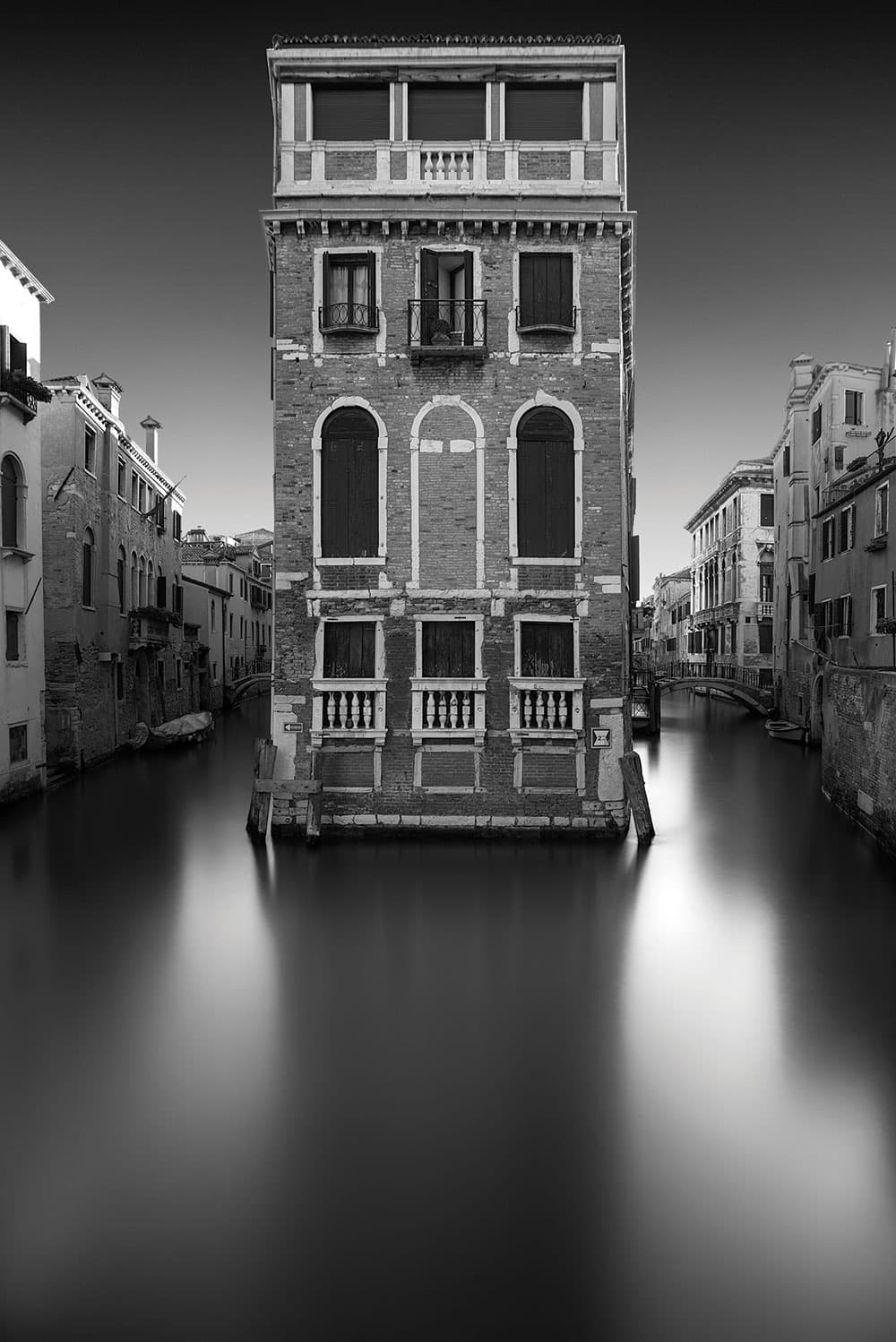
This fantastic little house surrounded by water was taken in Venice. Nikon D810, 18mm, 251sec at f/6.3, ISO 100
What post-production software do you use?
I use Lightroom and Silver Efex Pro for most of my post-production work. During the past year I’ve also started adding Photoshop to my workflow.
Do you tend to apply the same adjustments in post-production?
I always try to go for the same style throughout most of my photographs. Yet, I don’t have any presets saved and start every process from scratch. While I want the same style, every photo needs different treatment.
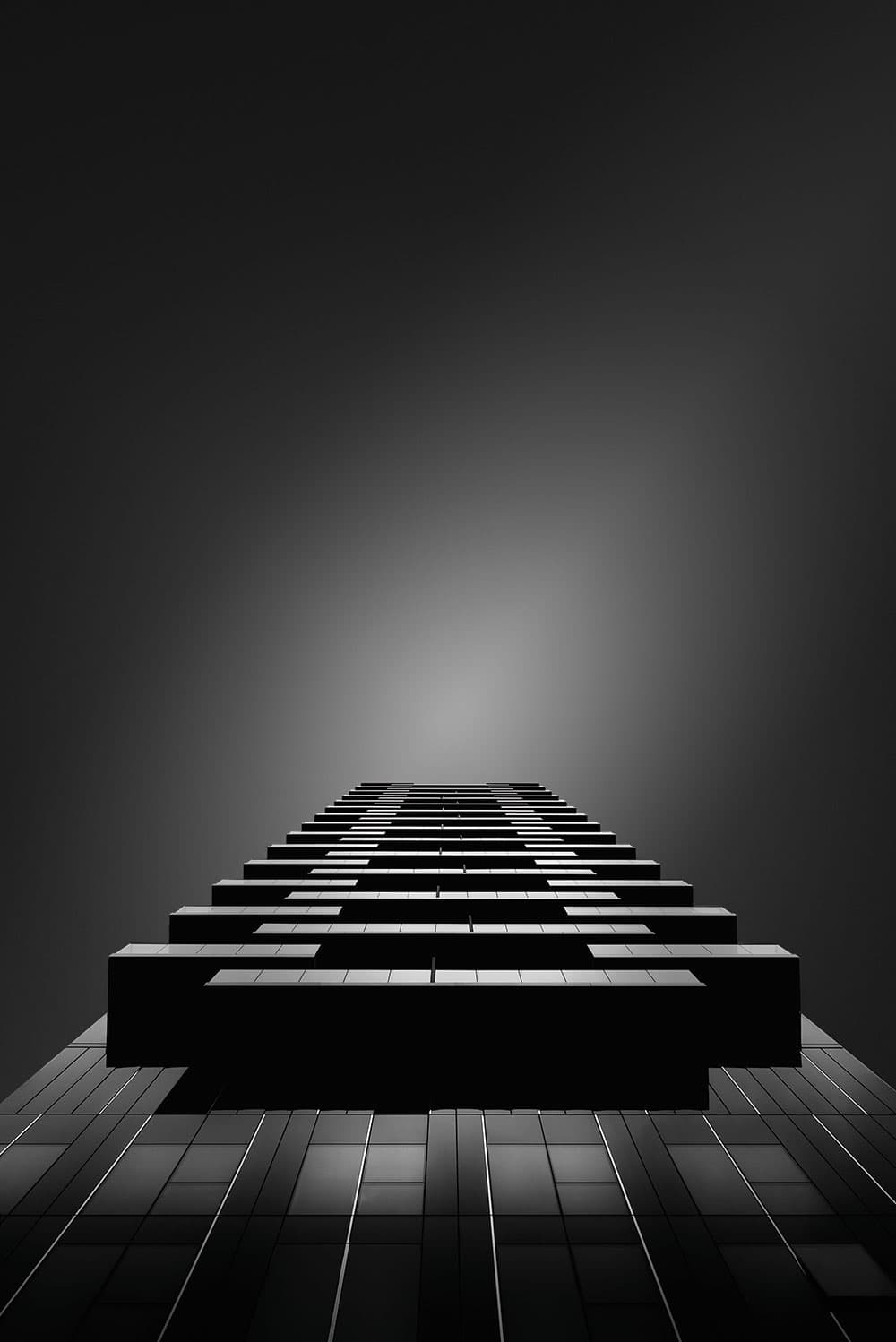
This shot is called ‘Step on Up’ and gives a unique architectural view. Nikon D810, 25mm, 1/320sec at f/8, ISO 250
Do you have any big projects you’re currently working on?
I’ve never been one for projects. Last year I entered the Wex Photographic weekly social media competition #WexMondays every week. This was a project of some sorts, having to take a different photo every week throughout the year. It was quite a challenge to produce a good shot each and every week. I’m currently trying to get a different photograph from a different country each month. I may have to bend my own rules a little on this, but it’s not going too badly at the moment.
Do you have a dream location you’d like to shoot at?
The list of locations to go and shoot is a list that gets longer and longer. Places like New York, Chicago and Paris would be great cities to visit, and are high up on my list, as are more remote places such as Japan and the Faroe Islands. I’m hopeful that I’ll get the chance to go to some, if not all of them.
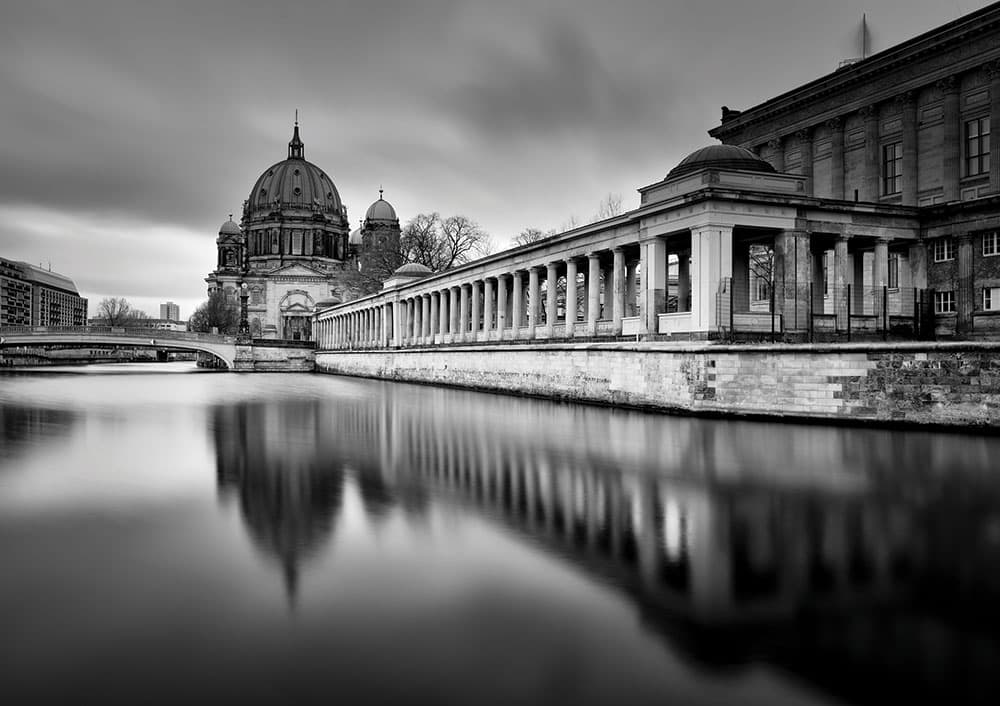
Berlin Cathedral sat next to the Spree gave a dreamy reflection. Nikon D810, 25mm, 52sec at f/11, ISO 64
What attracts you to a scene?
Shapes and leading lines are always good places to start when looking for a good composition. Nice clean lines in architecture always draw my attention, and if this can be incorporated into street photography too then even better.
How do you feel about being the British winner of the 2017 EISA Maestro competition and second overall?
I was thrilled to have won the British leg of the competition. Having seen the other photographs that were entered, I really thought it was quite an achievement, especially with it being a portfolio-based competition. When I went up against the winners from 14 other countries for the overall competition, I never expected to do so well by finishing second. I’m so pleased to have placed in such a big competition.
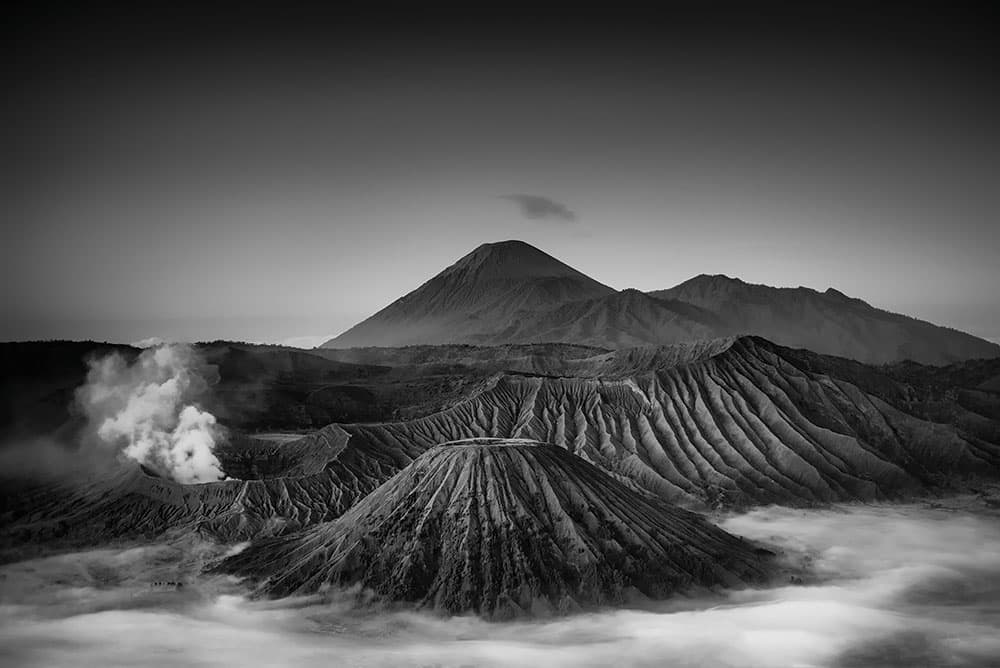
The Bromo Tengger Semeru National Park with low cloud and its active volcano smoking. Nikon D810, 50mm, 1/80sec at f/3.2, ISO 500
You’ve also entered our competition, APOY, on Photocrowd. How important are competitions to you in terms of raising your pro le and helping your photography?
It’s a good way of gauging how good your work is, but you shouldn’t read too much into it. Winners are often one person’s or a small group’s collective opinion. It’s always nice to do well, of course, but you shouldn’t get too upset if you don’t.
Tony Sellen
Tony Sellen is a self- taught photographer shooting with Nikon FX and DX cameras. He is passionate about fine-art, long-exposure images and, as he is based in London, the City is where he finds most of his inspiration. You can see more of his work on his website www.londonfineartphotography.co.uk, on Instagram @ts446photo and his recently launched Facebook page www.facebook.com/londonfineartphotography.
What advice would you give someone when creating a series/portfolio of cohesive shots?
I’d say a small strong portfolio is better than a large weak one, and a good portfolio takes time to achieve, so don’t expect it to happen overnight. Try to have a style – if your photographs can be recognised without your name next to them, you’re doing something right.

